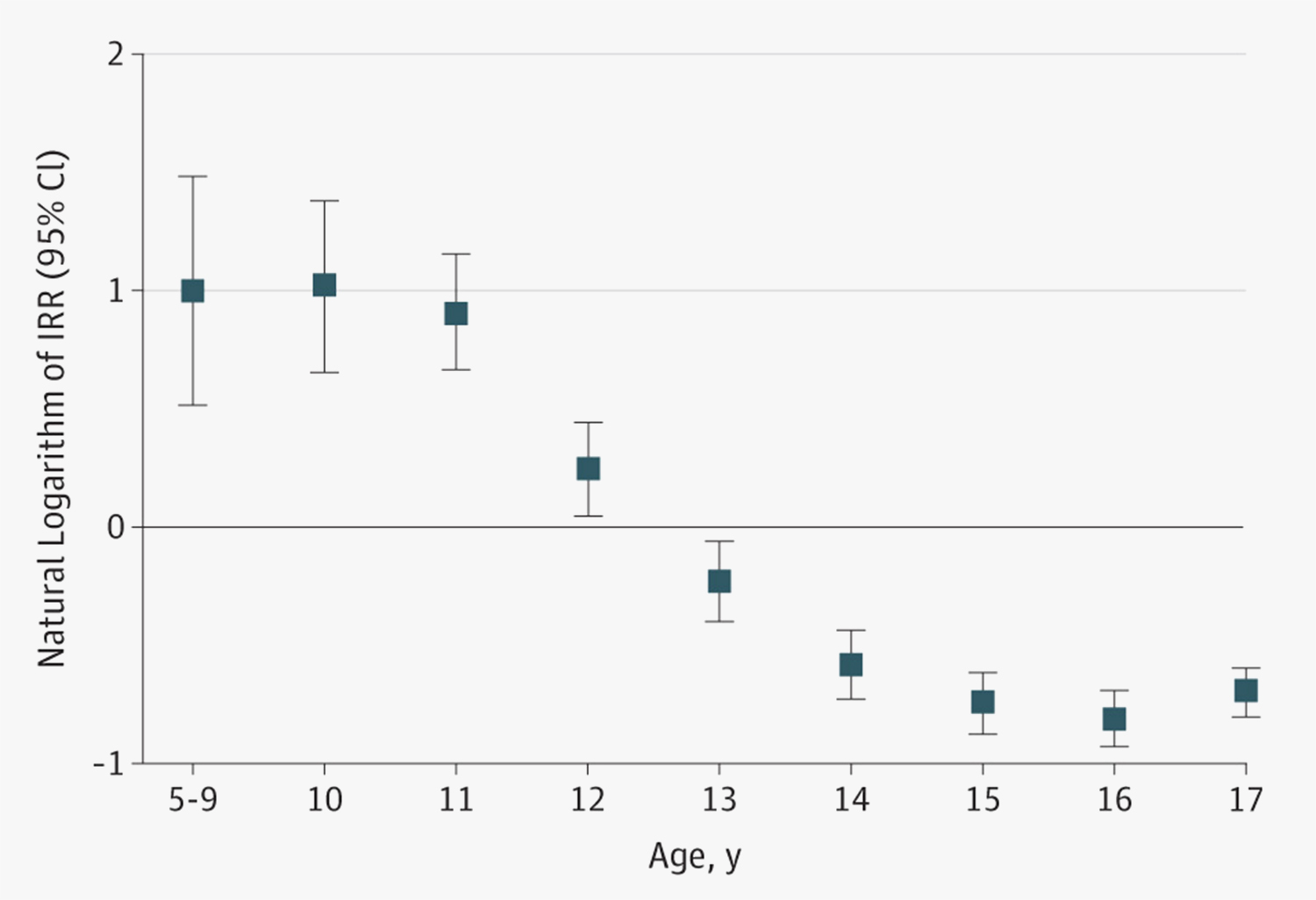

New research suggests the suicide rate is roughly two times higher for black children ages 5-12 compared with white children of the same age group.
Suicide is a major public health problem and a leading cause of death in the United States. While suicide among young children is quite rare, it can be devastating to families, friends, and communities. Past patterns of national youth suicide rates revealed higher rates for white compared to black youth.
Jeffrey Bridge, Ph.D., of the Research Institute at Nationwide Children’s Hospital, Columbus, Ohio, Lisa Horowitz, Ph.D., of the NIMH Intramural Research Program, and coauthors set out to investigate race-related differences in suicide rates in youth overall. Using data from the Centers for Disease Control and Prevention’s Web-based Injury Statistics Query and Reporting System (WISQARS)(link is external), which provides fatal and nonfatal injury, violent death, and cost-of-injury data, the team of researchers analyzed the data from 2001-2015 separately for children ages 5-12 and adolescents ages 13-17.
The findings suggest the suicide rate is roughly two times higher for black children compared with white children of the same age group. These results were observed in both males and females. In contrast, the rate of suicide for black adolescents was half that of white adolescents; these results held when the data were analyzed by sex.
“While the suicide rate was lower for black youth than white youth overall, we found a striking change in that trend when we analyzed the suicide rates by the two age groups,” explained Horowitz.
Although the researchers were able to examine suicide rates, the data did not include information on what might be contributing to age-related racial disparities in suicide. Researchers noted that while the data are limited, the findings highlight the need for a greater understanding of the extent of age-related racial disparities in youth suicide. More research is needed to examine the factors that may have contributed to the disparity, such as the impact of accessible healthcare and homicide victimization.
“Gaining an understanding of these and other contributing factors may someday lead to targeted, culturally sensitive interventions and help reverse the trend in suicide rates in the U.S.,” concluded Horowitz.

